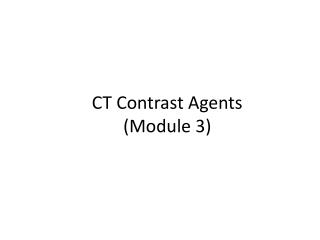

Journal of Cardiovascular Magnetic Resonance, 10, 43. (2008) Detection and quantification of angiogenesis in experimental valve disease with integrin-targeted nanoparticles and 19-fluorine MRI/MRS. Magnetic Resonance in Medicine, 60, 1232–1236. (2008) Detection of targeted perfluorocarbon nanoparticle binding using F-19 diffusion weighted MR spectroscopy. Y., Neumann, R., Santeford, A., Arbeit, J., Lanza, G. Journal of the American Chemical Society, 130, 2832–2841. (2008) Self-delivering nanoemulsions for dual fluorine-19 MRI and fluorescence detection. Magnetic Resonance in Medicine, 58, 725–734. (2007) Fluorine-19 MRI for visualization and quantification of cell migration in a diabetes model. (2004) The utility of superparamagnetic contrast agents in MRI: theoretical consideration and applications in the cardiovascular system. Angewandte Chemie International Edition England, 46, 5397–5401.ījornerud, A. (2007) Development of a T 1 contrast agent for magnetic resonance imaging using MnO nanoparticles. (1989) Synthesis and characterization of a paramagnetic chelate for magnetic resonance imaging enhancement. (1999) Gadolinium(III) chelates as MRI contrast agents: structure, dynamics, and applications. In this chapter, we will focus on the methods which can be used in terms of acquisition schemes and hardware to screen these agents through MR imaging. However, a new class of MR contrast agents, chemical exchange saturation transfer (CEST) agents, provides additional features such as (1) the ability to highlight multiple biological events at once within an image through the distinguishability of the different CEST contrast agents, (2) the ability to toggle the contrast “off-to-on” by applying a saturation pulse, and (3) potentially providing more information about the environment surrounding the contrast agent such as the pH or concentration of metabolites. The contrast properties of paramagnetic and super-paramagnetic relaxation-based agents have allowed MR imaging to be used as a tool for all of the above applications. There has been a tremendous amount of interest in developing new MR contrast agents for cellular and molecular imaging applications such as the visualization of tumors, highlighting areas of angiogenesis, highlighting of contrast agent-labeled therapeutic stem cells, and highlighting of contrast agent-labeled drug delivery vehicles.


 0 kommentar(er)
0 kommentar(er)
